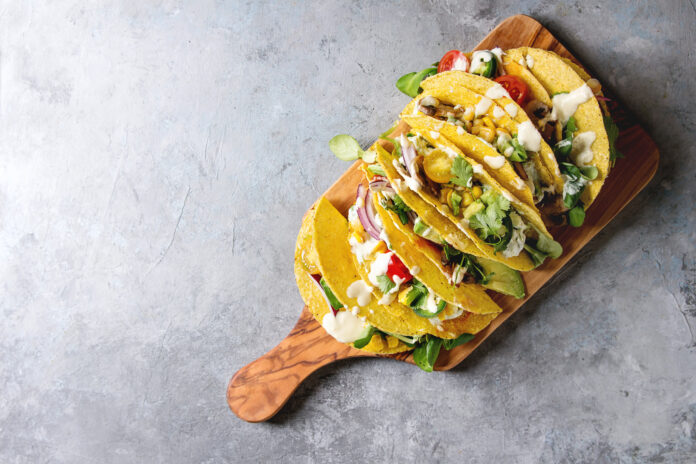By Taylor Sutton, MS, RD
United Supermarkets’ Lifestyle Desk
During this new year, try trading your typical choices of snacks for more produce. We’re talking about dried veggie chips to fresh carrot chips. There are tons of options in the world of vegetables in this season of opting for a healthier lifestyle!
Benefits of Vegetables
The top five vegetables purchased in the United States last year include potatoes, tomatoes, onions, carrots, and broccoli. Vegetables are mostly composed of water and contain a variety of vitamins and minerals.
Potatoes and onions are both good sources of vitamin C. Tomatoes are a good source of vitamin C, vitamin K and copper. Carrots and broccoli provide a variety of B vitamins, vitamin C and vitamin K. Most vegetables are low in fat and calories, good sources of fiber, and do not contain cholesterol. These are just a few examples.
The dietitian advice we have to share is to eat a wide variety of colors! Vegetables can be found in a variety of forms – fresh, frozen, or canned. Based on what you’re cooking and your budget let’s go through these forms together!
Fresh
Fresh vegetables must be grown, harvested, and sold during specific growing seasons. Most vegetables are picked prior to reaching peak ripeness and only remain fresh for a few weeks to a few months depending upon the type of vegetable.
After being harvested, vegetables are often washed or cleared of debris and then sorted by size for packaging. Fresh vegetables offer high levels of nutrients and can be prepared and served in a variety of ways. Often, fresh vegetables are believed to cost more than frozen and canned vegetables, however, in some cases they are the more cost-effective option.
Frozen
Frozen vegetables are picked at peak ripeness and are available year round. In preparation for freezing, the vegetables are first blanched, or placed in boiling water for a short time and then put on ice.
This step is important to kill microorganisms (bacteria, viruses, or fungi), to ensure a safe product for consumers, and to lock in the nutrients of the vegetable. Frozen vegetables are much softer than fresh vegetables when eaten raw, however, this texture change is not obvious when frozen products are cooked prior to consumption. Due to the preparation process, frozen vegetables are able to provide similar amounts of nutrients when compared to their fresh counterparts.
Canned
Canned vegetables can last three to five years unopened, however, once opened, those vegetables last about three to four days. Canned foods are prepared by heating the vegetable to a temperature hot enough to kill microorganisms. Then they are packed into airtight containers made from recyclable steel, and finally they are heated under steam pressure between 240-250 degrees Fahrenheit and sealed.
Various vegetables take different amounts of time to process – it is dependent upon the food’s acidity, density and ability to transfer heat. The main difference between canned vegetables and fresh ones is that the canning process allows the vegetables around the same, and in some cases more vitamins and minerals than their fresh or frozen counterparts.
What to look for
The most important thing to look for when selecting a frozen or canned vegetable is the “no salt added” or “low sodium” label. Looking for these vegetables without added salt or sauces allows you to have control over the sodium level. A quick tip if you already own canned vegetables that are not salt free is to rinse them off with water prior to consumption in order to reduce some of the extra sodium that it was packed with.
There are so many things to take into account when choosing what form of vegetable you purchase: price, convenience, type of dish or recipe, etc. Overall, there are many advantages to each processing method for produce and it is up to the consumer to decide what works best for them!
Ultimate Veg Head Tacos
Ingredients
1, 10 oz. bag frozen butternut squash
1, 12 oz. bag frozen spinach
1, 10 oz. bag frozen corn
1, 15 oz. cans black beans, drained and rinsed
1 Tbsp olive oil
1 Tbsp chili powder
Kosher salt and freshly ground pepper, to taste
1 tsp fresh lime juice
6 corn tortillas, warmed
Optional toppings: sliced cherry tomatoes, plain greek yogurt, cheese, avocado slices, cilantro, salsa
Directions
1. Heat olive oil in the pan with the chili powder for a few seconds before adding in butternut squash, corn, and spinach. Cover for 5 minutes.
2. Add in black beans and season with salt, pepper and lime juice and zest.
3. Serve with tortillas and desired toppings.




